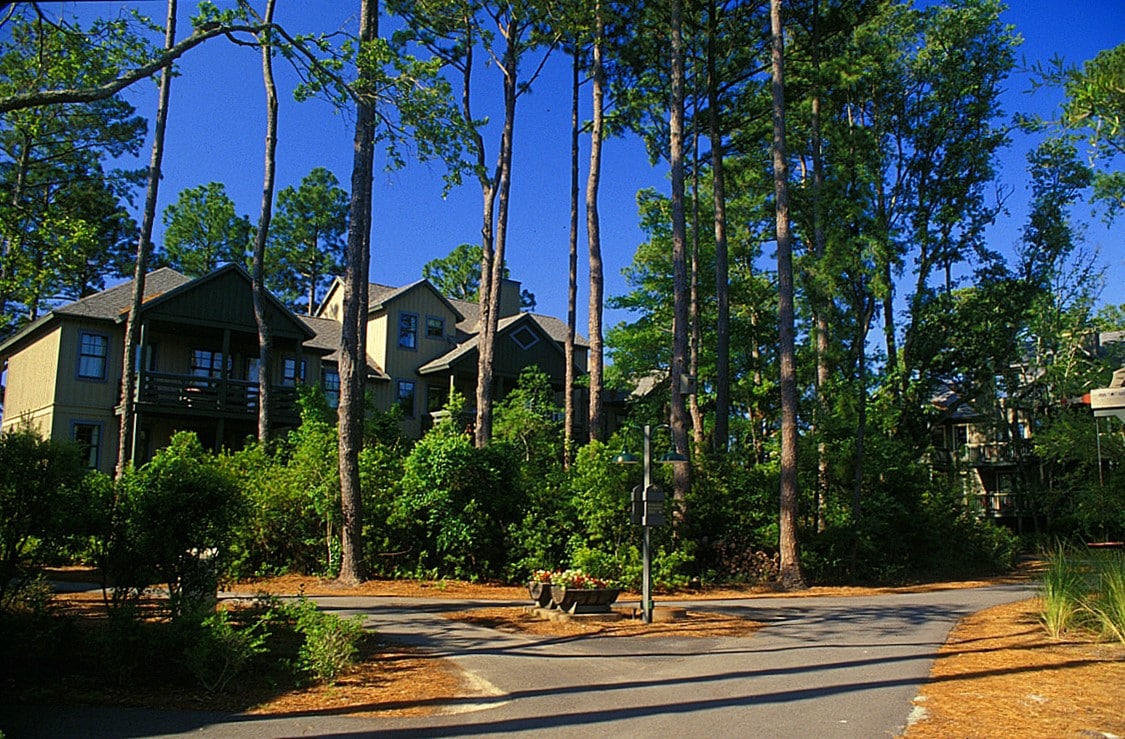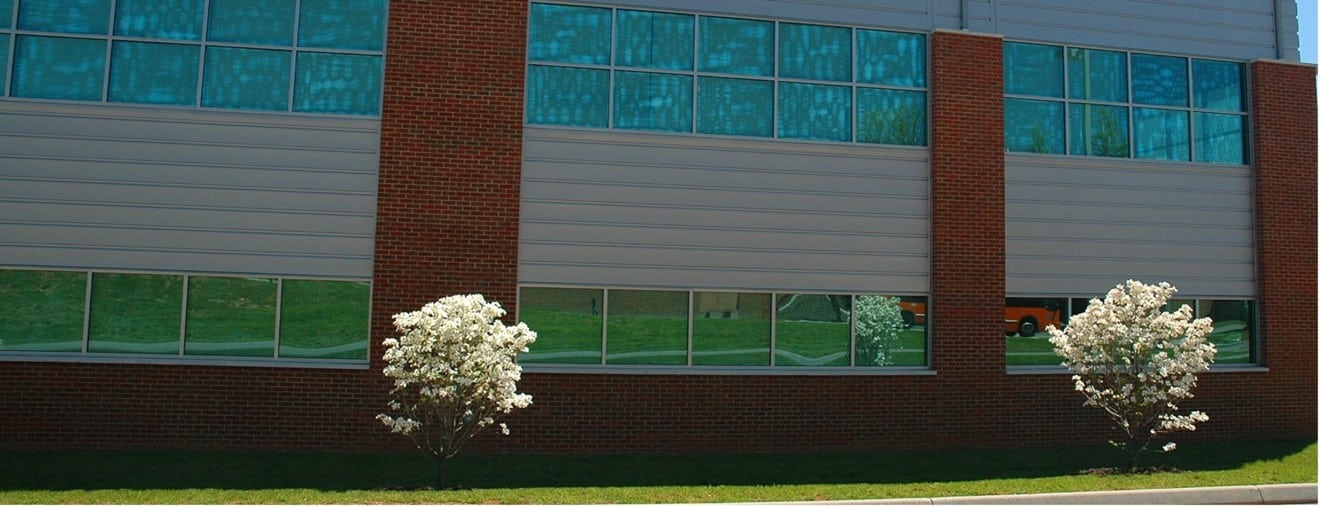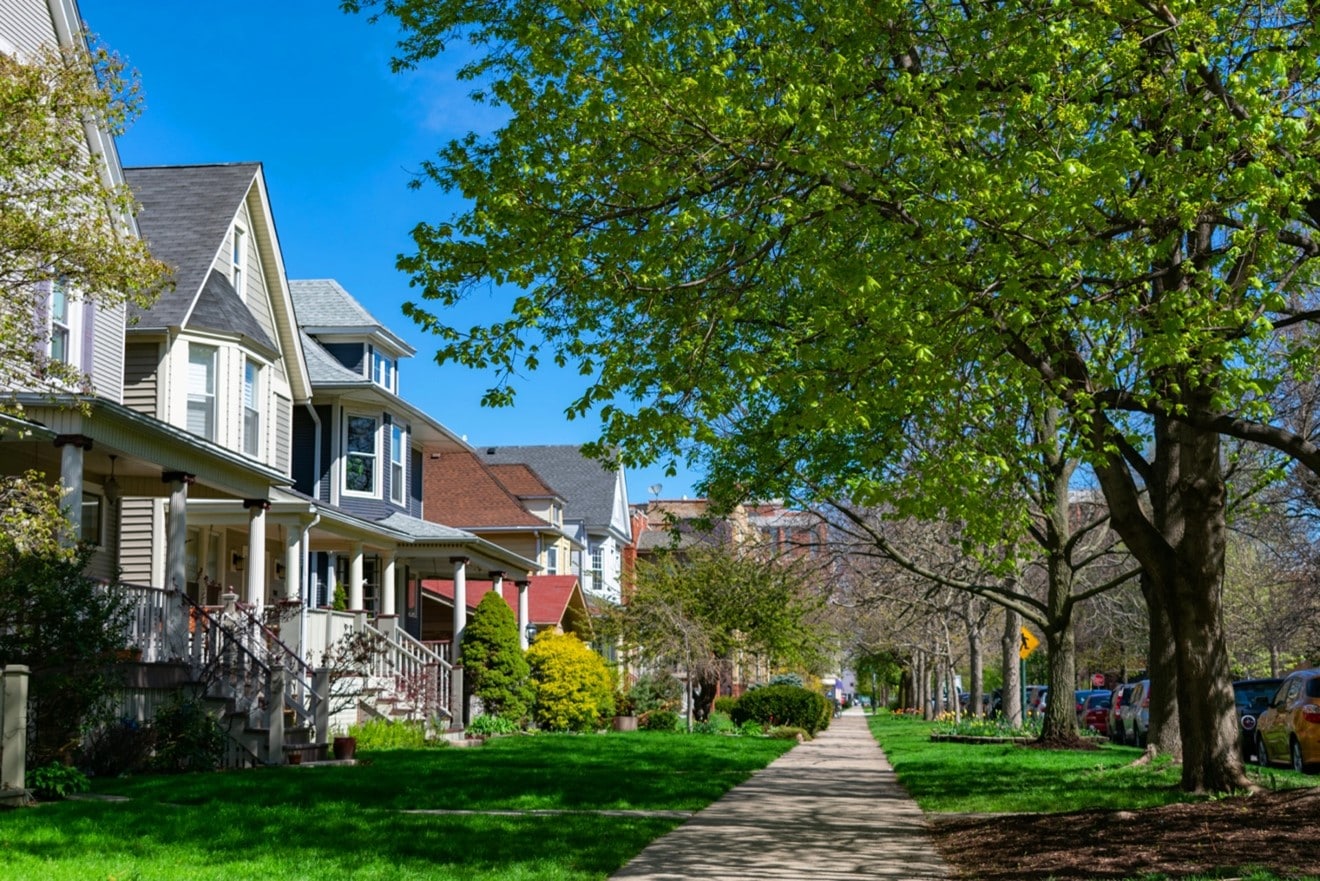TREE TALK
Trees are hard to beat with regard to improving one’s quality of life. If you’re lacking, choose a few that will make a difference.
It ‘s Saturday afternoon. You go out to get the mail and you hear it. Not the sound of the kids playing in the neighbor’s yard. Not the sound of the cardinals perched high in the oak tree. This noise may not sound too destructive from a distance but it most surely is changing our landscape and our quality of life for that matter. It’s the high pitched, incessant whine of the chainsaw!
Our region is known to many as the beautiful, leafy southeast with the attractive, towns and neighborhoods and lots of shade. The towns are still here but the shade is diminishing each fall beginning with the first drop of a leaf. Is it the gutter cleaning, the raking or the fear of being flattened that prompt so many into eliminating their big trees? Or maybe we just have too much time or money on our hands when the decision is made to reduce these majestic giants to merely piles of waste to be mounded near the curb for the city to haul away. After all, this does seem to be reflective of how productive our weekends are. The bigger the collection of stuff at the street, the more proof we have to our neighbors that we actually did something.

Its time to think about autumn and the great activities that come with it. Crisp Saturday afternoons, apple cider, pumpkins and perhaps bets of all – the death of mosquitos! Along with this, many people will choose to visit the garden centers and fill their trunks with beautiful, little ornamental trees. This is where the problem lies. Now don’t get me wrong. I am not anti-dogwood as its actually in my address but there are ornamental trees and there are shade trees. Most ornamental trees reach the peak at about 20′ tall or less. Shade trees, on the other hand, can grow to the sky, as they should. I’ll refrain from depicting the evilness of tree topping here. I think that message is being successfully delivered at last. Here are a few tips on selecting and locating real shade trees.
- Plant shade trees where they’ll provide real benefit. The south and west sides of most properties are the areas where the sun really bakes. Planting in these areas may actually decrease your utility bills while allowing the low winter sun to still provide solar heat when you really need it.
- Stay away from power lines. If you don’t keep the tree pruned, your utility company will and it’s not a pretty sight. Under utility lines is an ideal place for dogwoods, crabapples, hawthorns, redbuds, etc.
- If you’re concerned with planting a big tree to close to the house then don’t. There is no magic rule here. Use your own judgement. I’ve seen many large trees that are within 10′ of the home provide beautiful canopies once allowed to grow above the roofline.
- Technology has improved the ability of maintenance-free gutter protection to keep leaves and acorns out will allowing rainwater to collect easily. Although this can be initially a pretty hefty investment, consider the amount of cooling one big tree can provide during those “hazy, hot & humids” you’ll experience every Tennessee summer.

A word about mulch. All big trees do not need it but if you have existing trees or plan to plant a tree that is surrounded by lawn, you should place a generous* ring around the tree to keep mowers and string trimmer damage at bay. *The word generous being used here in the context of “wider, not higher”. Do NOT continually add mulch to the point of having that dreaded and harmful volcano effect. There has been some great research done by Davey Tree Inc. that shows trees with a larger circle of mulch (only 3” high) will grow significantly larger that those that have only a 3 or 4’ diameter mulched zone.
Also, do NOT use that terrible “weed fabric” as a barrier between soil and mulch. Weeds have no trouble growing out of cracks in the sidewalk. They will have very little trouble growing in a 3” layer of organic matter. If you’re having a problem with grass or weeds growing in the mulched zone, pull or spray. Weed fabric or geotextile as it is often labeled, supposedly allows air and water to be exchanged from surface to soil but that is a myth. It sours the soil and is not healthy for any plants. This material is better used to act as a separator between gravel and soil to keep the gravel from migrating downward.
Lastly, here is a list of really good shade trees. Some garden centers will give you a look of betrayal if you request anything besides a dogwood or crape myrtle. Tell them you desire more than a decoration. You want a legacy for your grandchildren. That should wake them up.
Garry’s Top Ten Shade Trees:
10. BALD CYPRESS
9. SYCAMORE
8. SAWTOOTH OAK
7. HYBRID AAMERICAN CHESTNUT
6. BLACK GUM
5. GINGKO (male)
4. AMERICAN BEECH
3. DAWN REDWOOD
2. RED or SUGAR MAPLE
1. WHITE OAK







